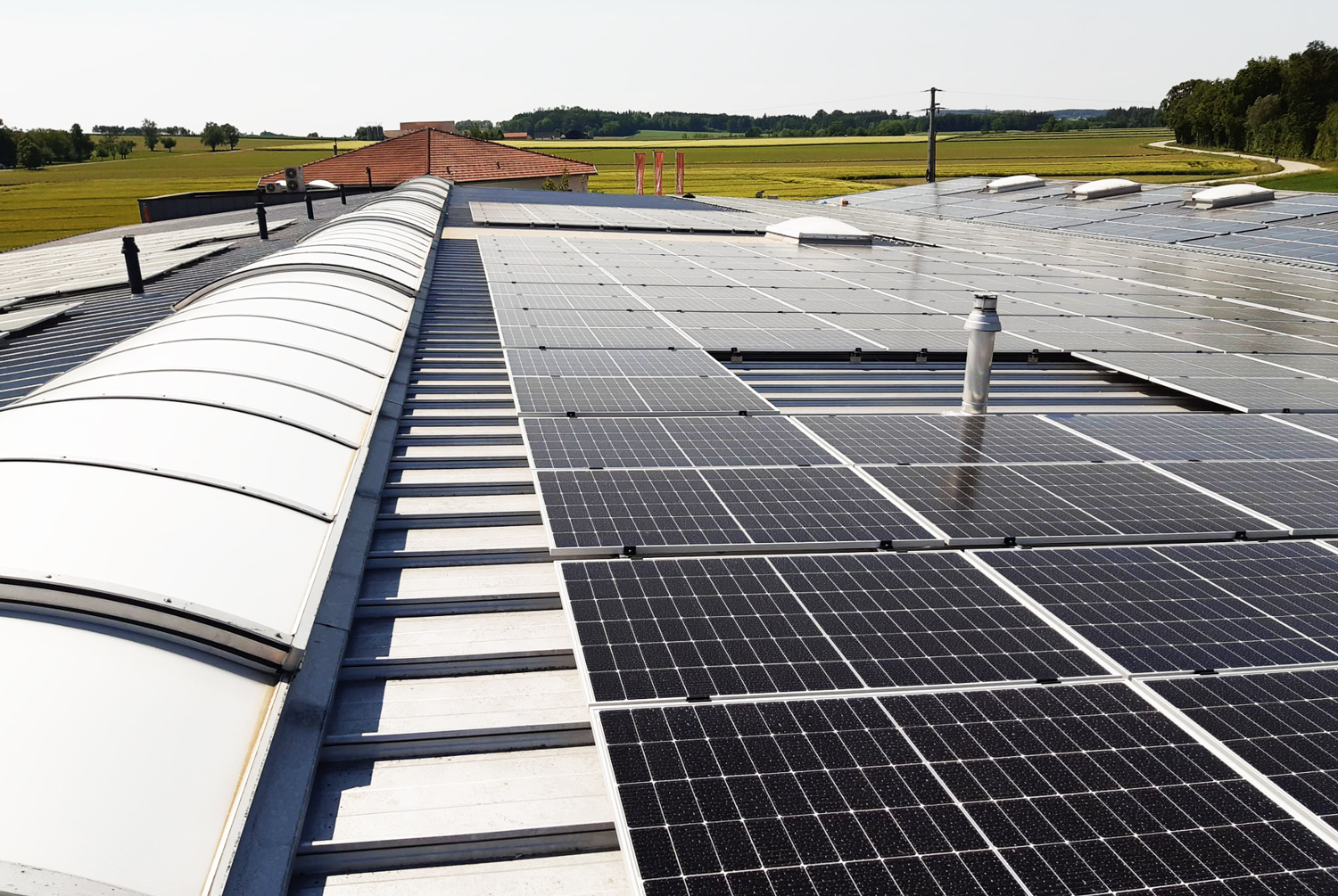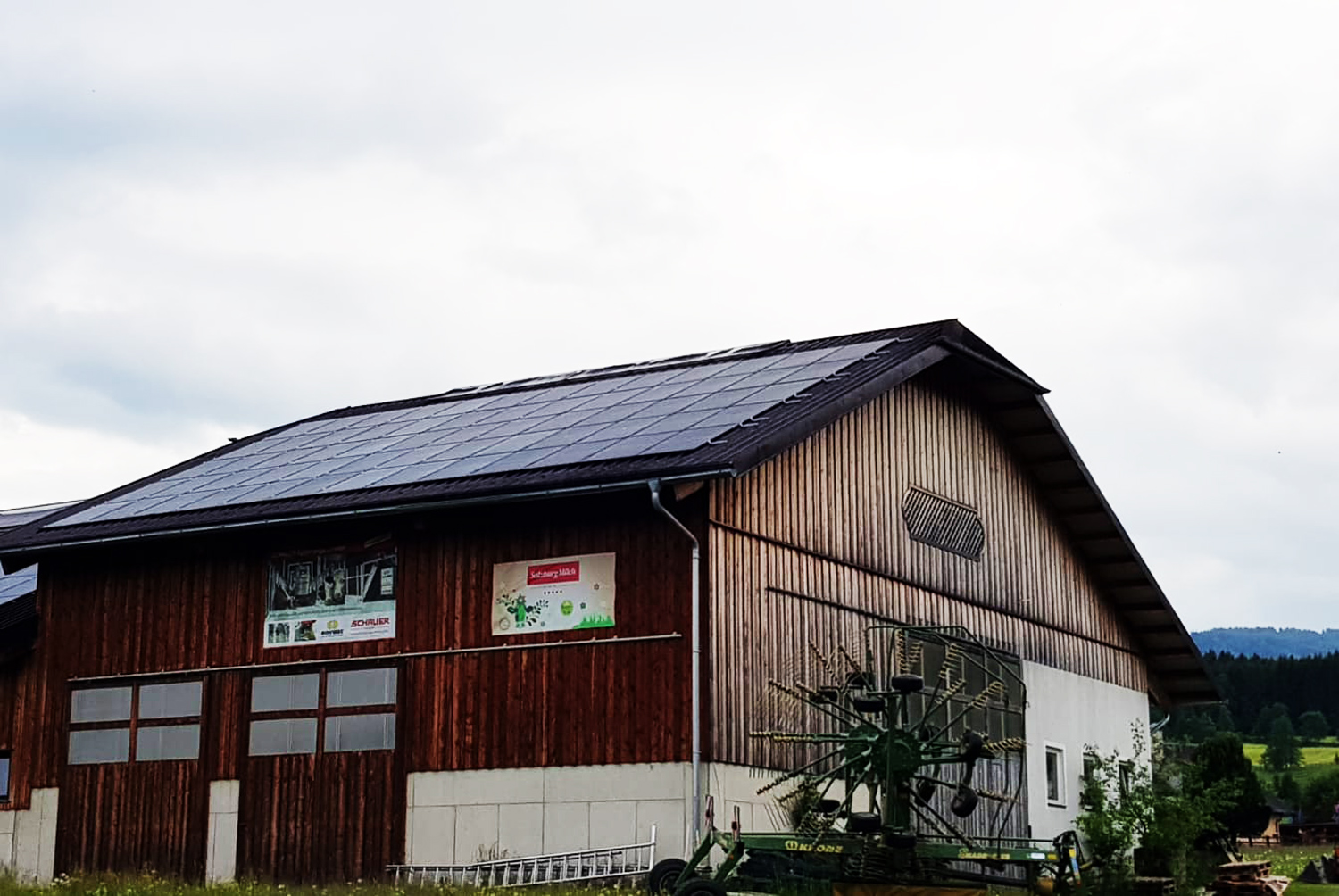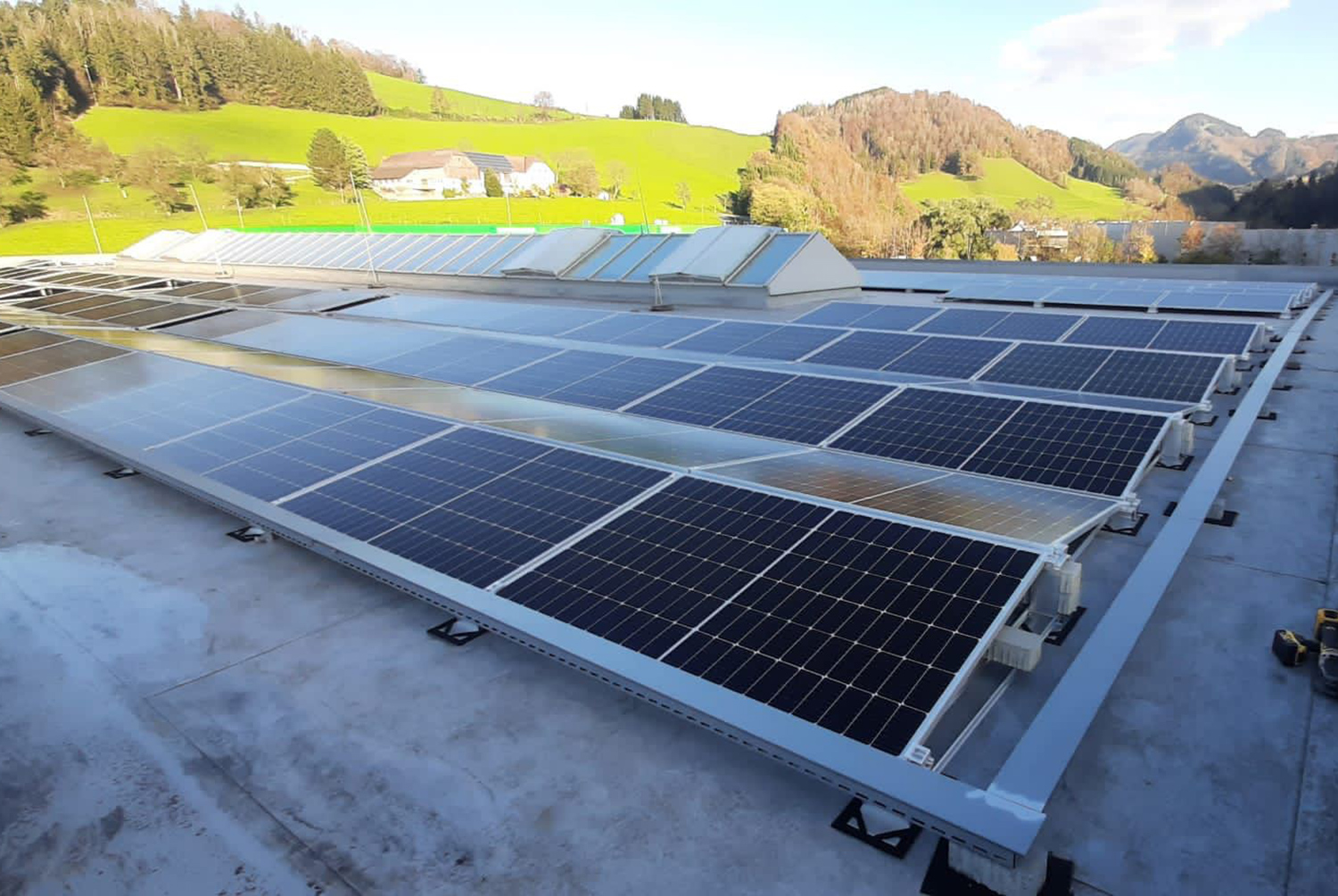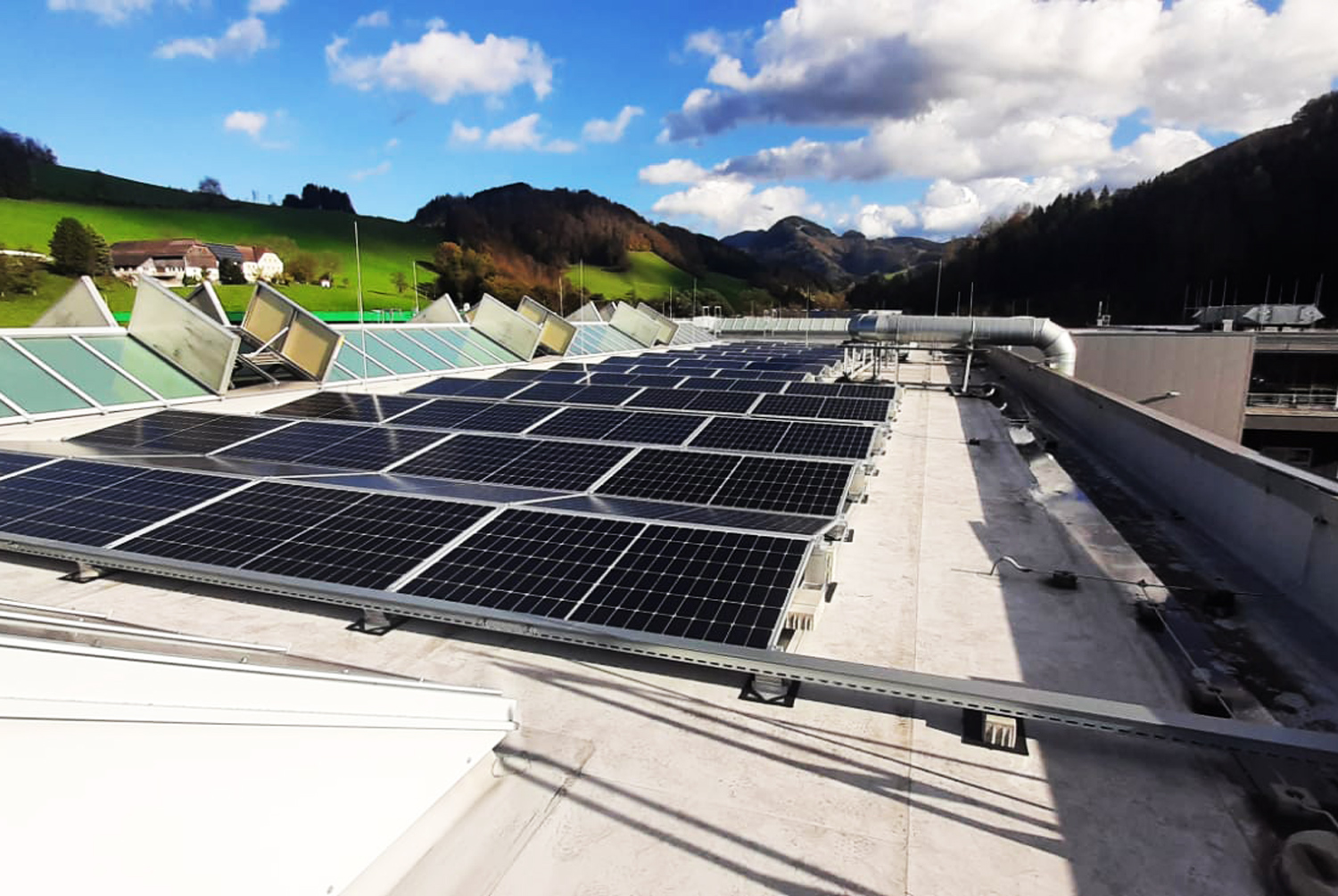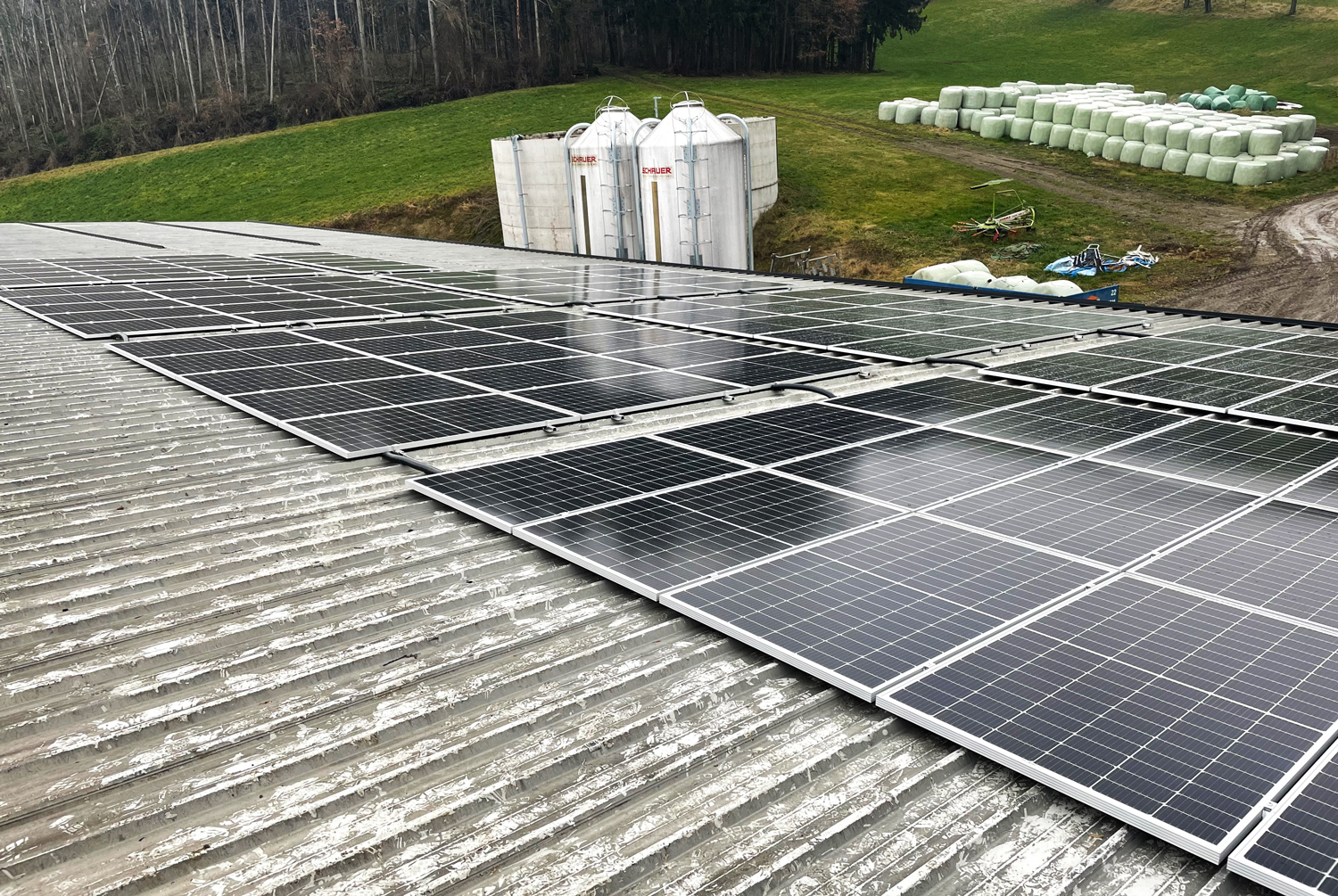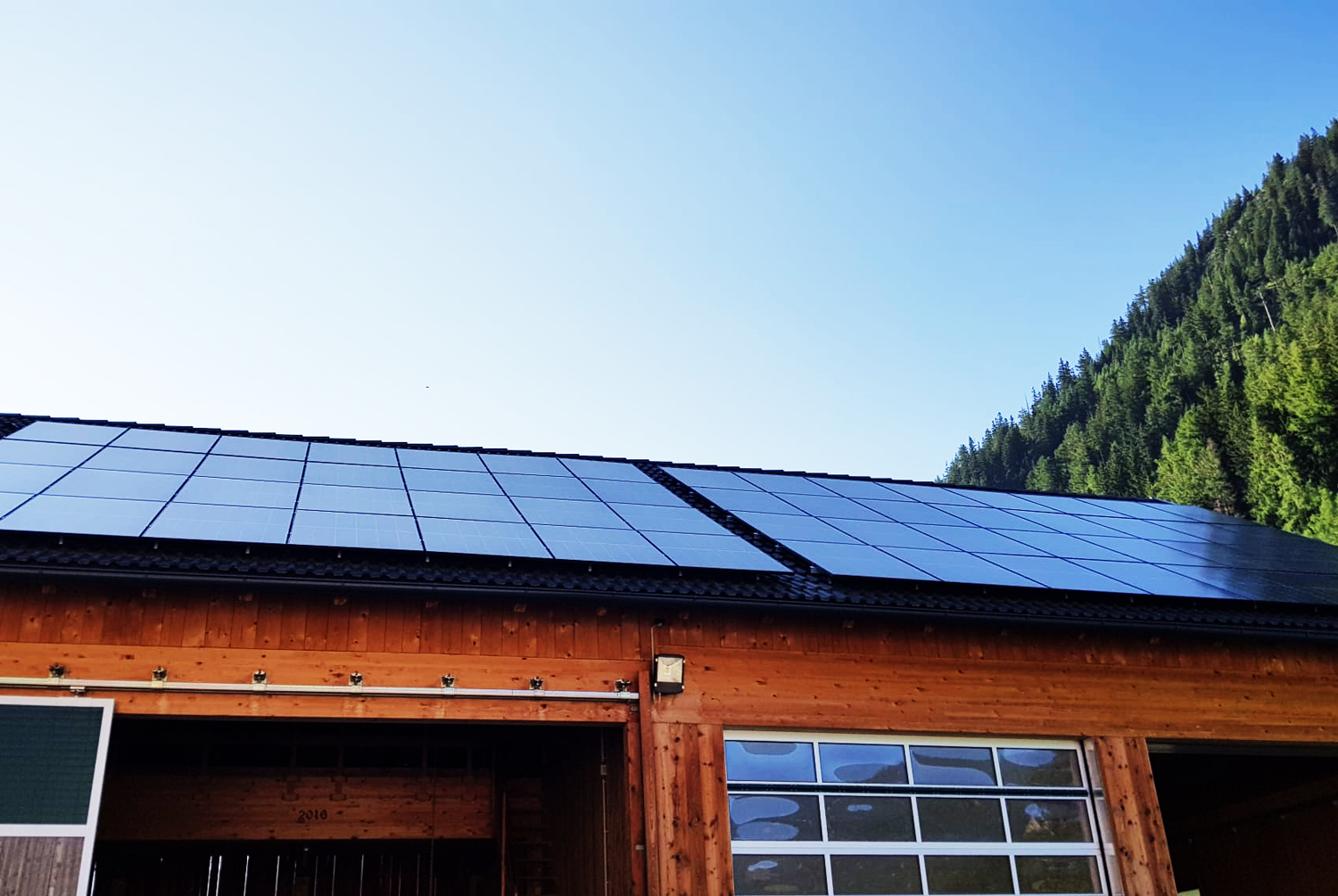Here you will discover everything there is to know about solar energy systems. We cover both the basics and the latest technological developments. Stay at the forefront of industry progress with us and learn how to make the most of renewable energies. If you have any questions or wish to receive further information, we are always happy to assist you.
Solar energy system, convert the power of sunlight into electrical energy. This is achieved through the photoelectric effect, which directly converts solar energy into direct current. The key component of this process is the solar cell, which acts as the core of every Solar Energy Systems system.
For an average single-family home requiring about 5 kWp, the total costs can range from approximately € 8,000 to € 13,000. These figures may vary depending on individual circumstances and market developments. It is also important to check current funding opportunities and financing models, as these can significantly affect investment costs.
Common solar energy systems on single-family homes typically have an output between 9 kWp and 13 kWp and reach cost neutrality after about 10 to 11 years. Adding a power storage system slightly extends the amortization period to about 10 to 12 years. After this time, you can expect annual savings of € 2,000 to € 2,500, compared to € 1,200 to € 1,400 without storage.
The vast majority of solar system manufacturers offer warranties ranging from 20 to 25 years. However, the modules themselves have an even longer service life, typically lasting 30 to 40 years, and in some cases exceeding this span. Good maintenance and care are key to the longevity of your Solar Energy system.
For smaller solar energy systems with a capacity of up to 5 kWp, excess electricity is usually fed in directly via the house connection. For systems with larger capacities, up to 30 kWp, it is necessary to submit an official application for grid feed-in or grid connection.
Insurance companies now offer special insurance solutions for solar energy systems, often referred to as "electronic insurance". These policies provide extended coverage. In addition to covering natural hazards, they also protect against risks such as vandalism, theft, damage from animal bites, overvoltage, short circuits, and errors in operation or materials of the solar system. Some insurers also offer coverage against revenue losses due to defects in the system. In the event of a total failure, compensation payments are made from a specified time point and for a contractually agreed period.
To optimally use the reduced solar yield during the winter months, it is recommended to invest in a power storage system. This allows the generated solar energy to be stored initially. The stored energy can then be used at a later time, for example in the evening, for personal use.

